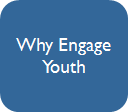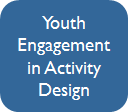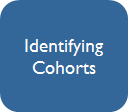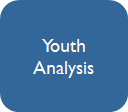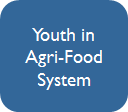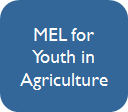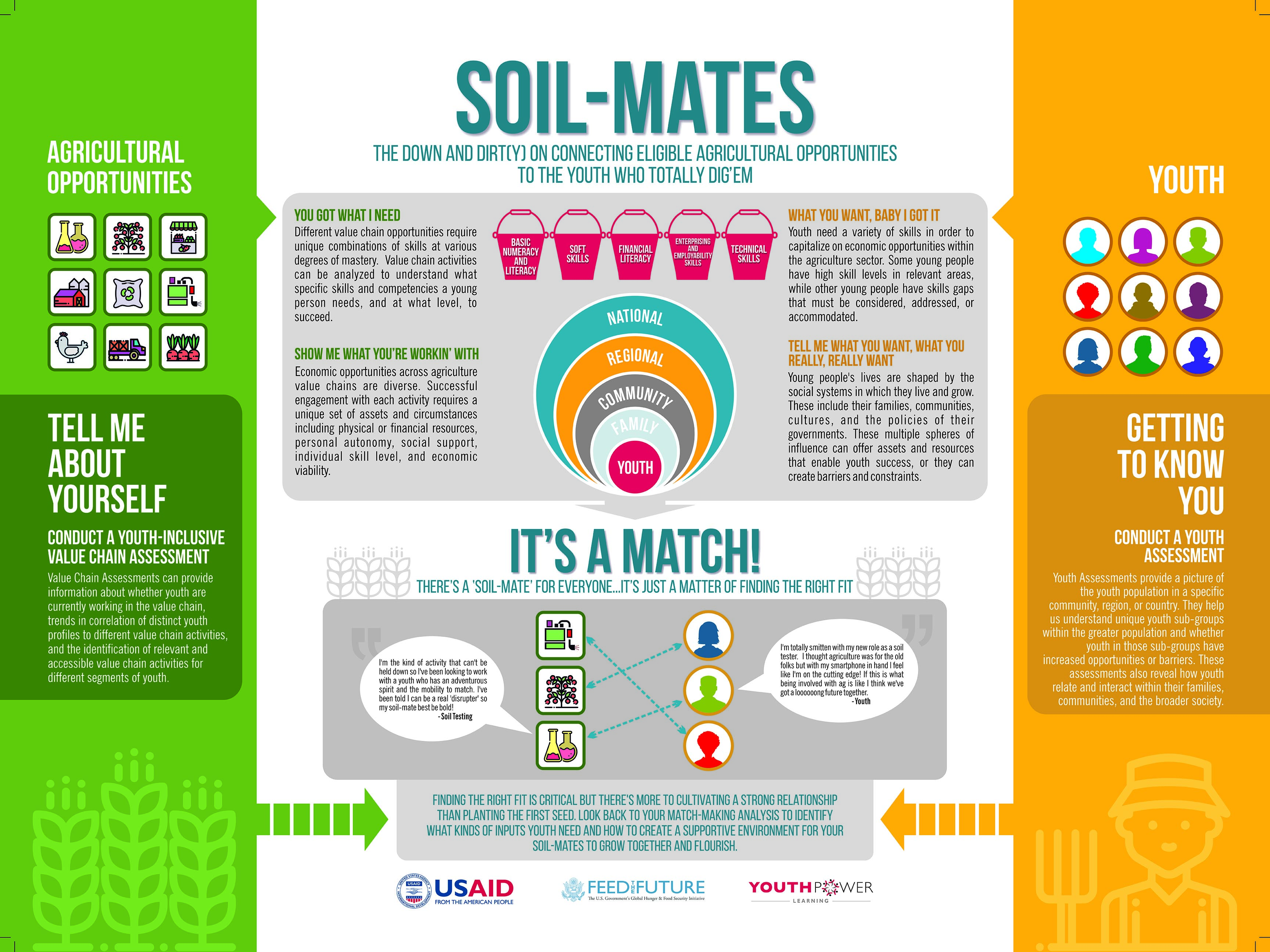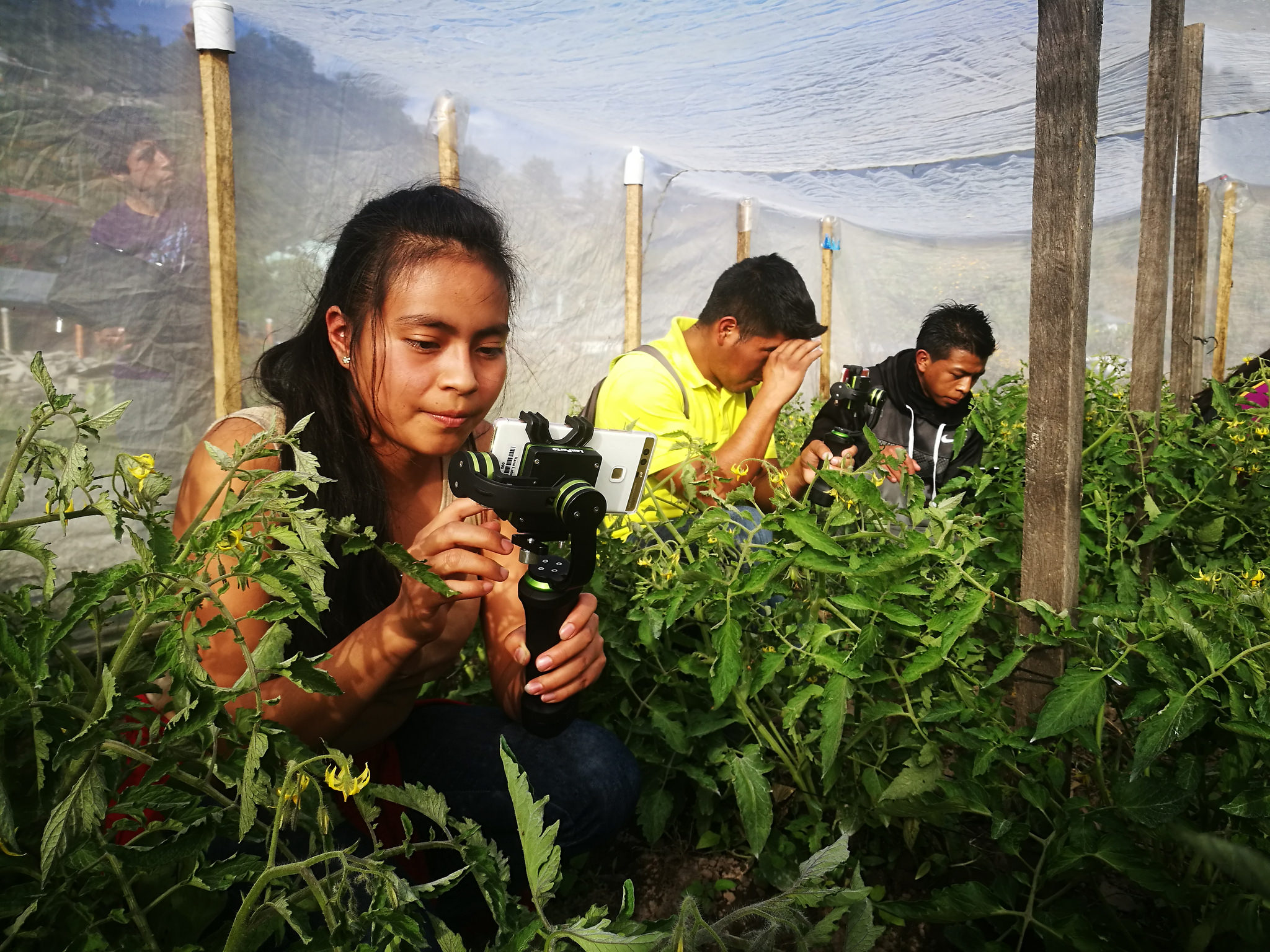
To achieve the objectives of the U.S. Government Global Food Security Strategy (GFSS) and “A Food-Secure 2030” vision, we need to harness the creativity and energy of youth. There is a strategic imperative for investing in youth: young people are critical to global stability, economic growth, and development today and into the future.
YouthPower Learning is supporting GFSS with the release of the Project Design Guide for Youth-Inclusive Agriculture and Food Systems (Volumes I & II), which bridges the U.S. Government GFSS objectives and builds on United States Agency for International Development’s (USAID) youth inclusion policy embodied in its Youth in Development Policy.
Access a brief online version of the guides:
FEED THE FUTURE PROJECT DESIGN GUIDE FOR YOUTH-INCLUSIVE AGRICULTURE AND FOOD SYSTEMS
Background
Young people are entering the labor market in large numbers in areas like in Sub-Saharan Africa, where an estimated 11 million young people reach working age each year. With increased rates of migration to urban areas, particularly among youth, there may not be enough opportunities for youth in cities in the future: overcrowded cities offer little opportunity, as there are more youth than there are viable jobs. While many economies are experiencing job growth in non-agriculture sectors, agriculture will remain a significant source of employment for youth in low- and middle-income countries as the farming population around the world ages—a significant proportion of farmers are above the age of sixty.
Policymakers today must think creatively about how to bridge the economic opportunities in agri-food systems with the range of economic, demographic, and socio-political factors that youth face.
About the guides
The two-part Feed The Future Project Design Guide for Youth-Inclusive Agriculture and Food Systems (Volumes I & II) provides USAID staff and implementing partners with approaches, frameworks and tools to design agriculture programs that promote successful and meaningful youth engagement with the US Feed the Future Initiative and the U.S. Government Global Food Security Strategy.
Volume I is intended to support Feed the Future staff (USAID Missions and others) to design youth inclusive programs based on the USAID project design cycle.
Volume II offers implementation guidance for activity-level interventions, intended for USAID staff and implementers who may ultimately be managing activities and/or who wish to know more about youth-inclusive approaches to implementation in Feed the Future activities.
Download Feed The Future Project Design Guide for Youth-Inclusive Agriculture and Food Systems Volume I - Program Design
Download Feed The Future Project Design Guide for Youth-Inclusive Agriculture and Food Systems Volume II - Implementation
Download the Designing for Youth Inclusion in Agriculture and Food Systems Fact Sheet
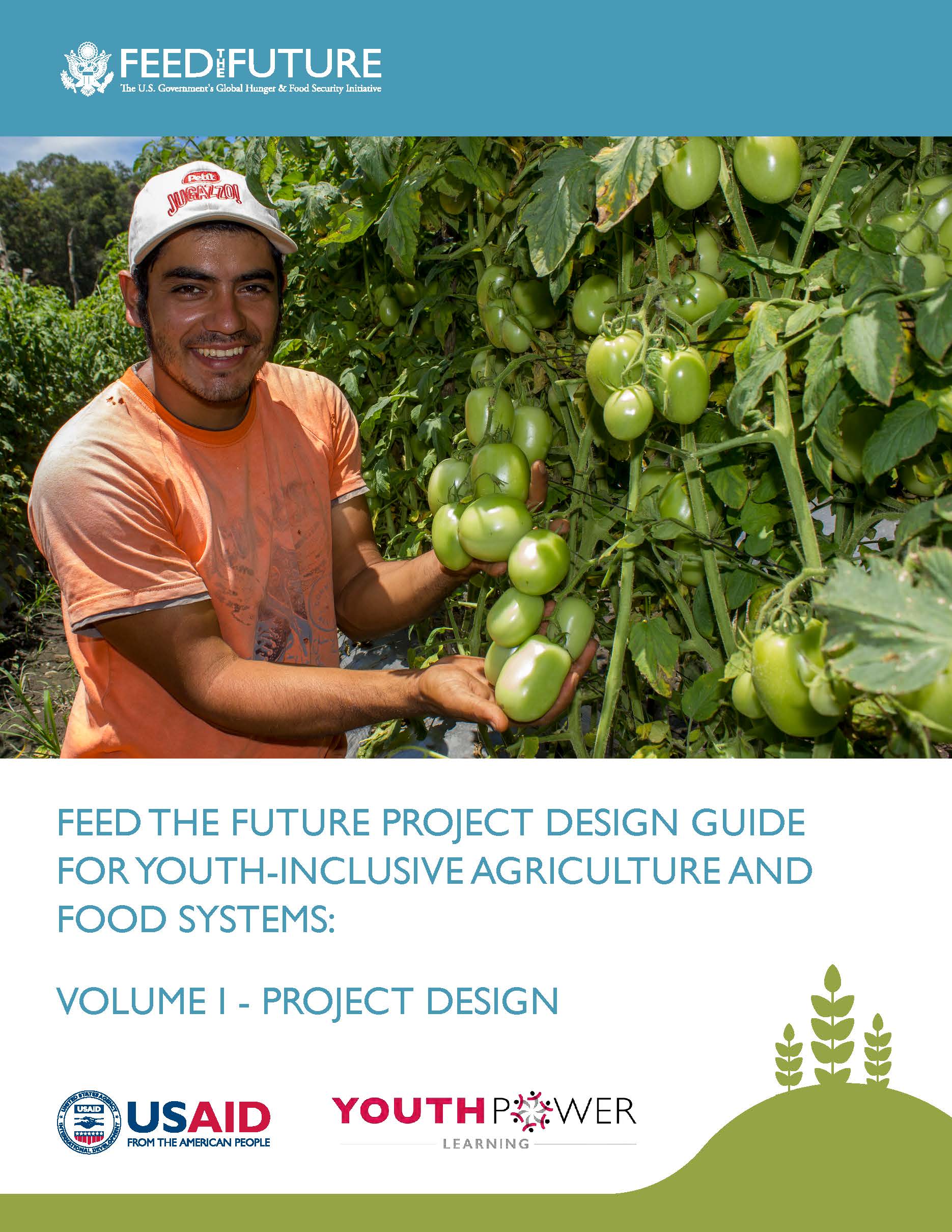
Top takeaways for youth-inclusive Feed the Future project design (Volume I)
- Actively seek youth participation throughout the entire USAID program cycle
- Enlist the expertise of a youth specialist in project design, especially for projects or activities that focus on youth as the primary participant/beneficiary
- Acknowledge the heterogeneity of young men and women and identify the specific age-appropriate youth segment(s) to be included in or targeted by the project/activity
- Conduct a youth analysis to inform the different stages of project design. If a stand-alone youth analysis is not an option, integrate youth analysis as part of the mandatory gender analysis and/or Mission-led value chain analysis
- Apply a Positive Youth Development (PYD) lens and approach to intentionally integrate young people into the agri-food system, based on evidence-based approaches
Download Volume I
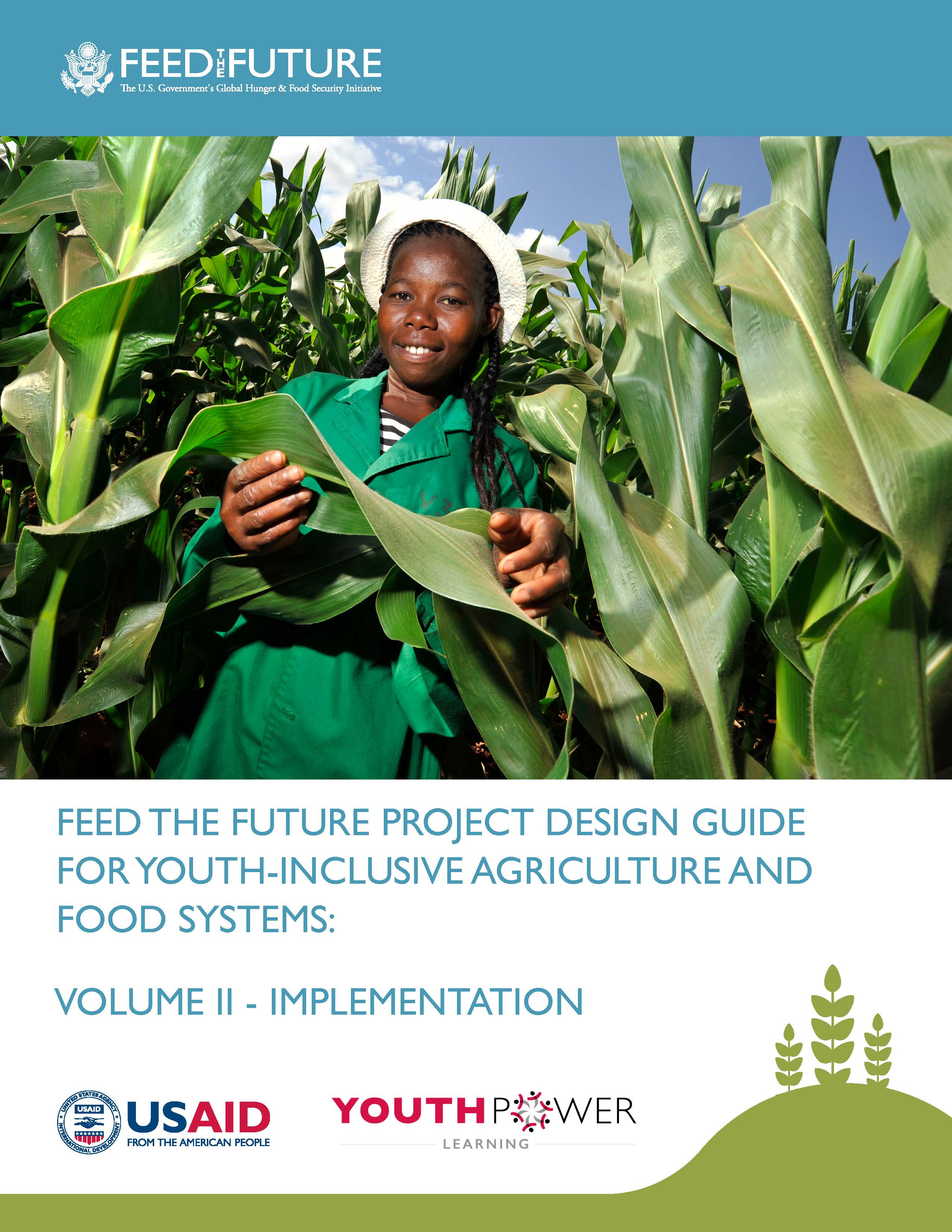
Top takeaways for youth-inclusive Feed the Future project design (Volume II)
- Identify value chain entry points that are both relevant to and accessible for young people
- Ensure that workforce training aligns youth with the demands of the value chain entry points, but also develops transferable skills that enable youth to upgrade and tap into new opportunities as they emerge over time
- Offer youth follow-on support through mentoring, internships, job intermediation, and market facilitation services
- Consider the entire supportive environment that influences youth decisions and behaviors, including family, community, institutions, and policies/norms
- Apply a conflict-sensitive youth lens when integrating youth into agriculture and food systems affected by conflict
- Apply a youth lens to intentionally integrate young people into the agriculture/food system throughout the program cycle and use a Positive Youth Development approach to ensure quality implementation based on evidence-based approaches
Download Volume II
Related Resources
Check out the latest curated resources at What Works in Youth and Agriculture, Food Security, and Nutrition
Soil Mates: Finding the right fit between youth and agriculture opportunities
The Soil Mate poster provides an analytical framework to both implementers and funders to help them connect sub-groups within the youth cohort with economic opportunities in the agriculture sector that best align with their skills and resources.
A Market Systems Approach with a Youth-Inclusive Lens
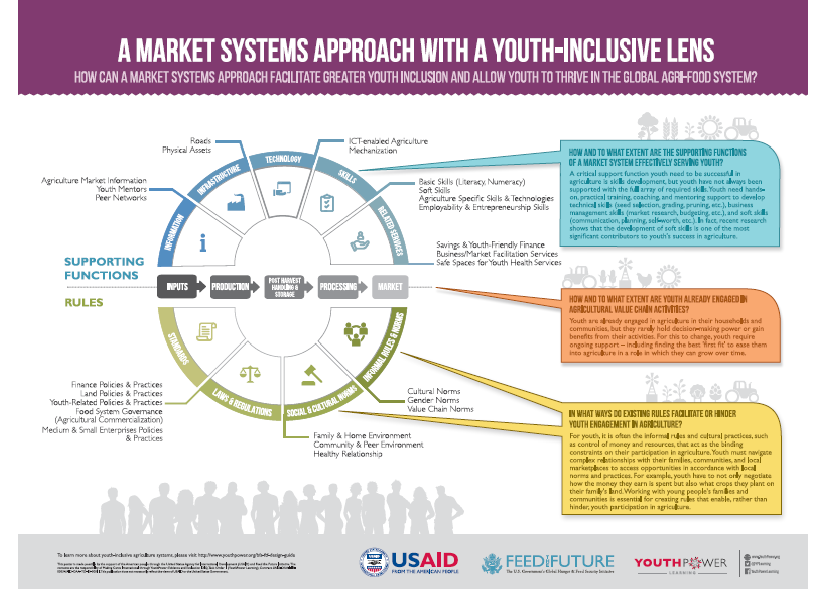 The Market Systems Approach with a Youth-Inclusive Lens poster answers the question, "how can a market systems approach facilitate greater youth inclusion and allow youth to thrive in the global agri-food system?" The poster illustrates how the Market Systems Development (MSD) approach interacts with youth and agriculture.
The Market Systems Approach with a Youth-Inclusive Lens poster answers the question, "how can a market systems approach facilitate greater youth inclusion and allow youth to thrive in the global agri-food system?" The poster illustrates how the Market Systems Development (MSD) approach interacts with youth and agriculture.


